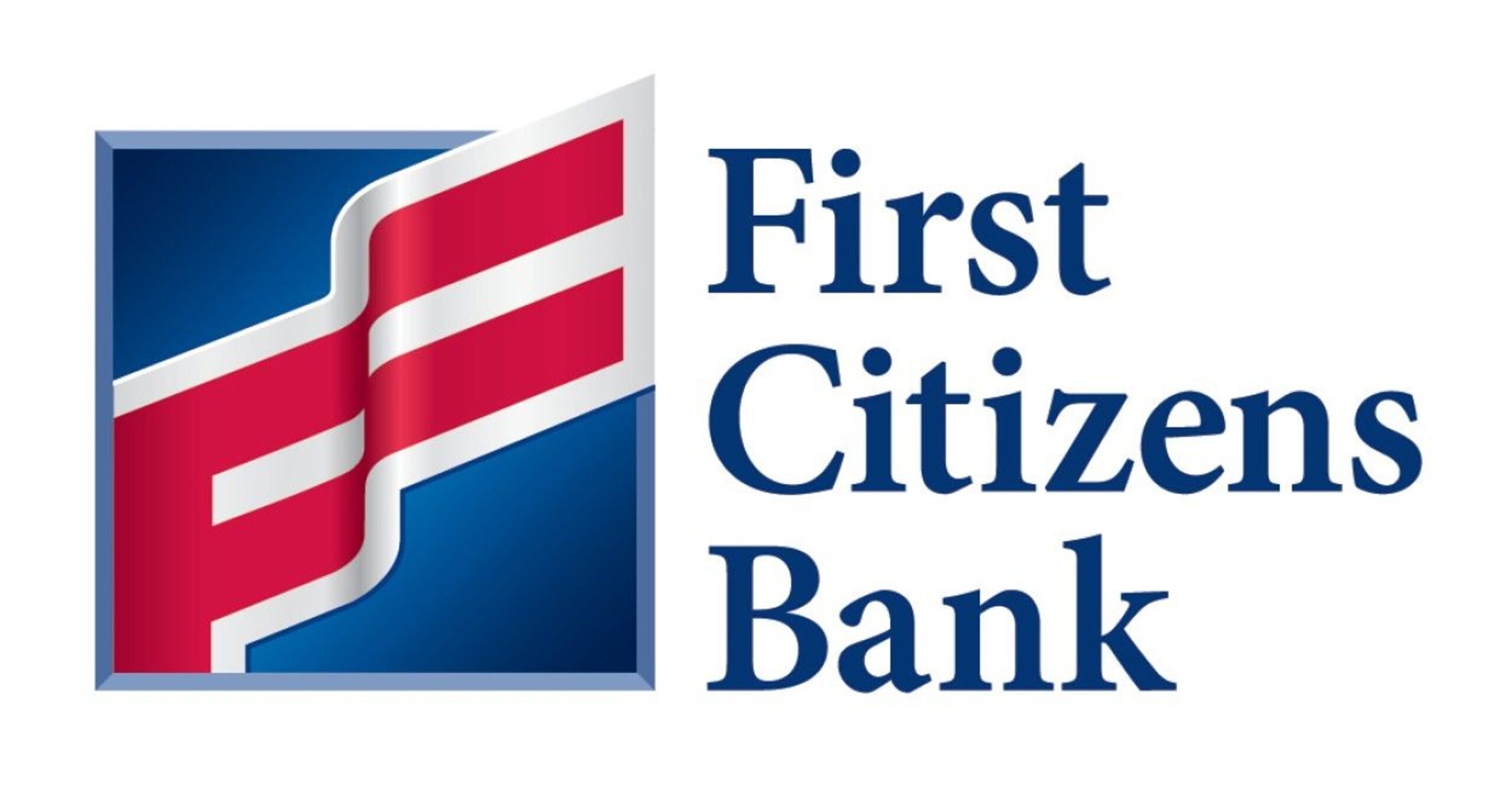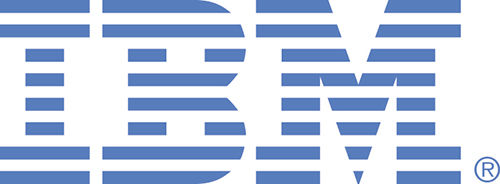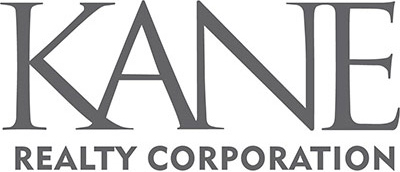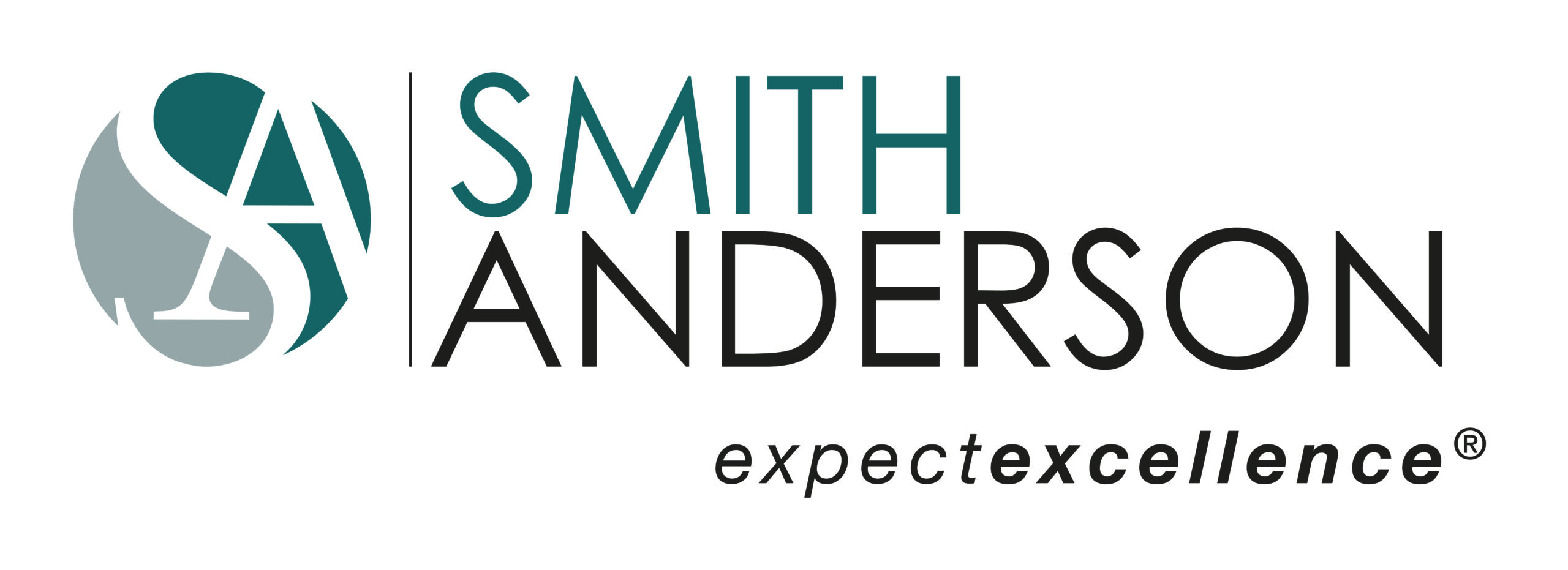Workplace culture, return to office — and traffic congestion
- April 22, 2021
- Posted by: Joe Milazzo II
- Category: Blog
This week, I had the opportunity to participate in an outstanding regional economic development forum, hosted by the Chamber For a Greater Chapel Hill-Carrboro. Chamber CEO Aaron Nelson kicked off the event with a compelling regional overview.
Attendees heard presentations from RTA Omnia Gold member The Research Triangle Park, as well as the economic development organizations serving Orange, Durham, and Wake Counties.
As I thought about those presentations, which highlighted the ongoing growth in our market, in spite of — and in some cases because of — the pandemic, I thought about the latent respite in traffic we have enjoyed over the past year.
I also thought about our region’s and state’s daily traffic numbers, which have largely returned to pre-pandemic levels, even though many companies are still working from home. My sense is that daily traffic has returned because of three reasons — increasing return to work, although still below pre-pandemic levels; increasing return to other activities, at or near pre-pandemic levels; and underlying growth in the market. Fortunately, the “spread” of traffic is more even throughout the day than before, i.e., less severe peak periods, which is good for both roadway system optimization, and our collective sanity.
So what does all this have to do with this week’s blog title, concerning workplace culture?
I will cut to the chase. As all of us think about return to office, work from home/anywhere, employee attraction and satisfaction issues, workplace culture, and so on — we need to be aware that there is a traffic time bomb of sorts sitting in the background for this region.
It will not detonate immediately: we won’t simultaneously return to the same five day, 8a-5p work schedule that we had pre-pandemic. However, if the numbers of returnees were to tick up significantly — particularly if workplace hours are less flexible — we will see immediate deterioration of our traffic, exacerbated by the background growth in our market, with the afternoon peak period my immediate focus and concern.
On the other hand, many of us have been clamoring to get back into the office, for both collaboration and culture reasons. There are clear benefits to being together with our associates for innovation, strategy, and synergy. In addition, workplace culture is important for exemplifying, sharing, and advancing corporate values, as well as connectedness to the team – and there is no substitute for in-person interactions to build and maintain culture.
So how do we reconcile these seemingly competing goals – as well as other initiatives such as environmental sustainability, which also may be advanced by reducing travel requirements. While the art of success may vary from company to company, one key will be to retain or restore connectedness in the flexible workplace, while minimizing the “unwanted togetherness” (i.e. traffic congestion) that a simultaneous, full return-to-work could create.
Obviously, no one company can control the region’s traffic congestion. However, you can control the traffic congestion that your associates experience on a day-to-day basis — and directly impact your employees’ job satisfaction — by retaining flexible days, and especially flexible hours.
The traffic sanity your employees save may be their own. And the region will thank you as well.
Before I close: last spring, near the beginning of the pandemic, I offered a suggestion of how associates might think about dividing their workday into three rough “dayparts” based on the type of potential meetings. I still stand by that suggestion, which aligns with the topic of this week’s blog, and I hope that it inspires other thoughts for maximizing flexibility, productivity, purpose, and efficiency.
Let’s get moving,
Joe
Joe Milazzo II, PE
Executive Director, Regional Transportation Alliance
RTA is the voice of the regional business community on transportation

























